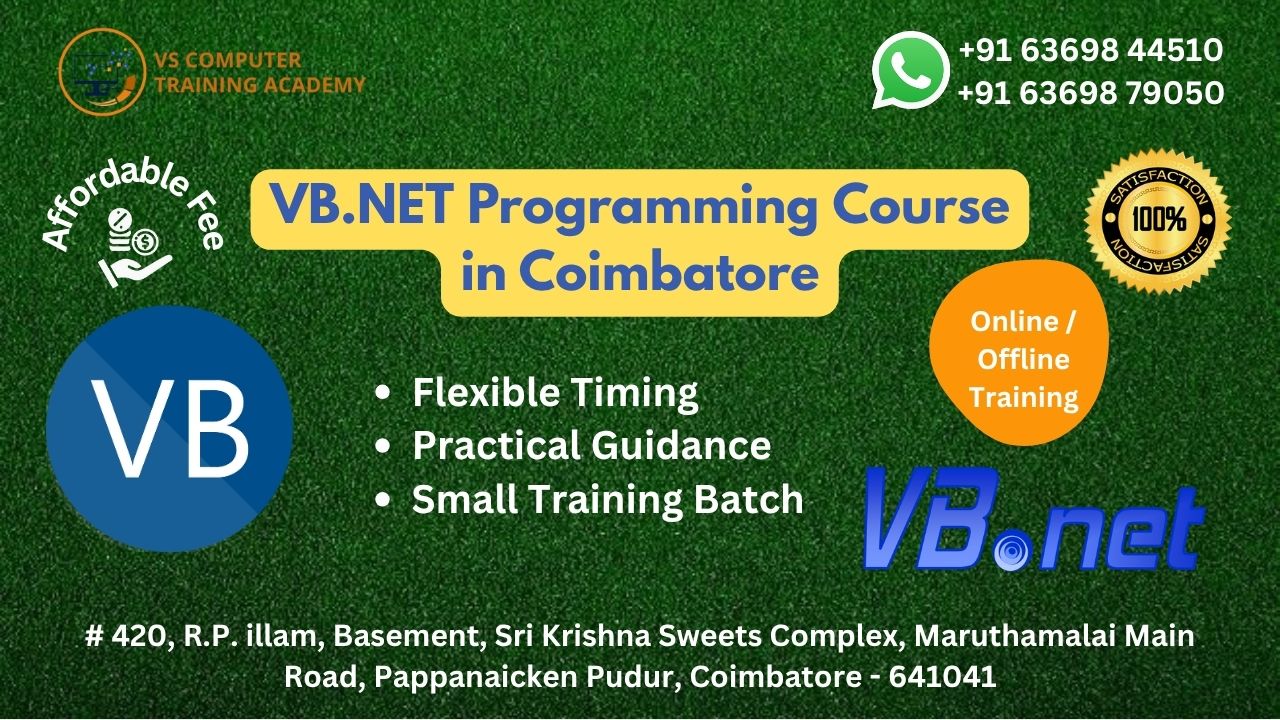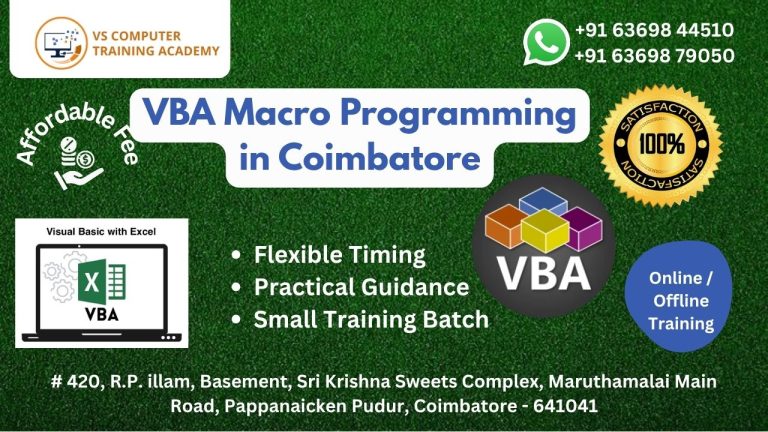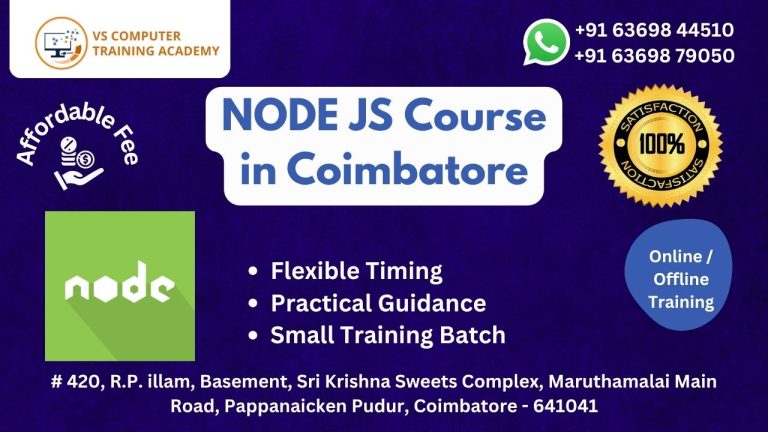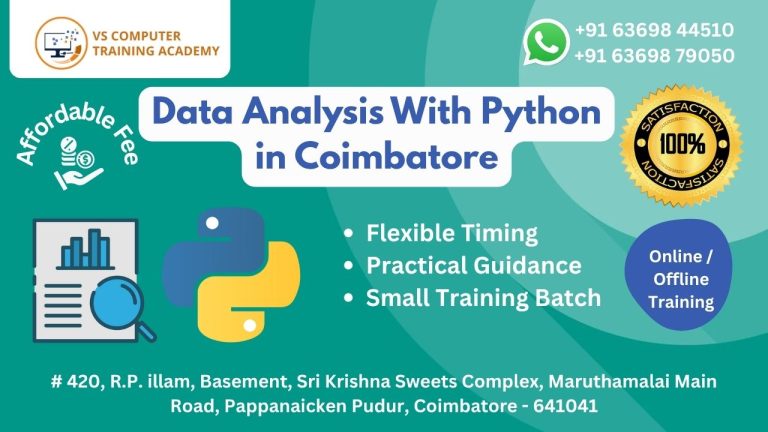VB.NET Programming

Learn VB.NET Programming: Build Windows Applications with Ease
VB.NET (Visual Basic .NET) is a powerful, modern programming language developed by Microsoft. It is widely used to create Windows-based applications, desktop software, and enterprise-level solutions. Known for its easy-to-understand syntax and strong integration with the .NET framework, VB.NET is an excellent choice for beginners and professionals who want to develop reliable and user-friendly applications.
If you’re looking to kickstart your software development career or enhance your skills in the Microsoft ecosystem, VB.NET offers the right platform to get started.
Why Learn VB.NET?
VB.NET simplifies the software development process with its intuitive structure, event-driven programming model, and access to the vast .NET libraries. It enables you to build a wide range of applications including:
Desktop applications for Windows
Database-driven software
Business and enterprise applications
Automation tools
Simple web applications using ASP.NET
VB.NET is also backward-compatible with older Visual Basic versions, making it a great upgrade path for developers transitioning from VB6.
Who Can Learn VB.NET?
VB.NET is suitable for:
Beginners in programming
Students studying IT or Computer Science
Professionals looking to develop Windows software
Developers familiar with older versions of Visual Basic
Anyone interested in building GUI-based applications
No prior programming experience is required—VB.NET’s simple and readable syntax makes it ideal for new coders.
Advantages of Learning VB.NET
Easy to learn and implement for all levels of learners
Strong support from Microsoft and the .NET ecosystem
Ideal for building professional-grade desktop apps
Useful in enterprise environments with legacy VB applications
Valuable skill for IT support, automation, and internal software tools
Begin Your VB.NET Programming Journey Today
Whether you’re entering the world of programming or looking to sharpen your development skills, VB.NET provides a solid foundation. It combines the simplicity of Visual Basic with the power of the .NET platform, opening doors to a wide range of software development opportunities.
Enroll in our VB.NET course today and start building dynamic Windows applications with confidence.



